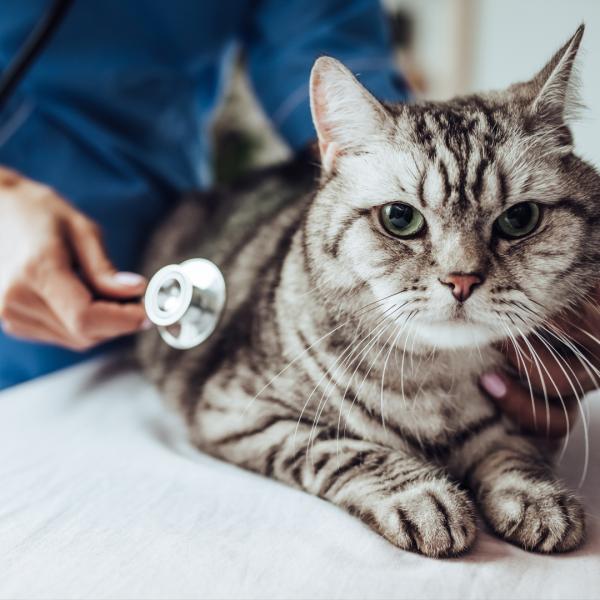Category
Pet Lifestyle, The Vet Consultancy
Written by Paul

Dr Paul Manktelow is a vet who’s worked for almost 20 years on the front line in some of the UK’s busiest veterinary hospitals. As Chief Vet in the Charity Sector, he leads a team of vets and nurses that treat thousands of pets every year. Paul also appears regularly in the media as a TV and radio presenter, writer, public speaker and podcast producer.
Redundancies in veterinary medicine are often discussed in terms of finance and restructuring. But what happens when the cuts affect more than just the balance sheet? In this blog, we explore the hidden costs of redundancy – specifically, the impact on patient care, client trust, and the wellbeing of remaining staff.
Beyond the Numbers
In a recent episode of The Consult Room, veterinary nurse Annie Clark shared her experience of being made redundant from a busy hospital team. The decision to remove overnight care roles was positioned as a financial necessity. But for the clients and staff left behind, the consequences went far beyond cost savings.
Listen to the episode on Spotify Listen on Apple Podcasts Watch the full episode on YouTube
The Fallout of Clinical Cuts
Annie explained that the overnight care she and her colleagues provided was replaced by an outsourced service. Clients who had trusted the hospital’s round-the-clock care were upset, and staff had to manage complaints and confusion.
Meanwhile, the internal impact on the team was profound. As Annie described, redundancies triggered a cascade of resignations. People who weren’t made redundant left voluntarily, concerned about the future of their jobs and the culture within the organisation. The result? Increased pressure on the remaining team, reduced continuity of care, and further strain on recruitment.
Patient Welfare at Risk
Veterinary care is more than a job – it’s a team effort rooted in continuity, familiarity, and trust. When skilled roles are lost, patient welfare can be compromised. Outsourcing care or reducing availability of clinical staff may result in:
- Longer wait times
- Gaps in overnight or inpatient monitoring
- Less time per patient
- Lower client satisfaction
Annie’s experience illustrates the real-life cost of losing experienced hands. For complex cases, particularly in emergency or overnight care, that consistency can be vital.
Impact on Morale and Mental Health
It’s not just patient care that suffers. The emotional toll on staff left behind is significant. Redundancy can leave a team feeling unstable, undervalued, and overworked. For many, this can lead to burnout or a decision to leave the profession altogether.
As Annie noted, redundancy has introduced a new kind of fear into veterinary workplaces, one that disrupts trust in employers and adds to the already significant pressures of clinical life.
A Wider Conversation
It’s clear that redundancy is not just a business process, it’s a welfare issue. Both animal welfare and team wellbeing must be considered when reshaping services. If not, we risk short-term savings at the cost of long-term damage.
To understand the real-life impact of these decisions, we encourage you to hear Annie’s full story in our podcast episode:
Spotify | Apple Podcasts | YouTube






